Products You May Like
Receive $50 off an eligible $100 purchase at the Outside Shop, where you’ll find gear for all your adventures outdoors.
Sign up for Outside+ today.
Part of the beauty of national parks is that they’re wild spaces: The guardrails, liability issues, and for-your-own-good-protections of everyday modern life are mostly absent. Instead, visitors can decide what their own comfort level is with isolation, heights, weather, and more. But the flip side to that freedom is that accidents do occasionally happen. For adventure-loving hikers, understanding those accidents is the first step to making sure they don’t become a statistic themselves.
Last year, outdoor site Outforia drew on National Park Service incident data to find out where and how visitors died in the national parks between 2010 and 2020. According to the site’s final report, which has been cited by outlets from ABC to the Washington Post, Grand Canyon led the park system with 134 deaths, followed closely by Yosemite (126) and Great Smoky Mountains (92).
But those numbers don’t tell the whole story: National parks vary widely in annual visitation rates, ranging from Great Smoky’s 12.5 million visitors to Lake Clark’s 17,157. With more people traveling to a park, it stands to reason that more deaths will occur. When we divided total deaths by visitors, Yosemite fell far down the list; Grand Canyon and Great Smoky Mountains weren’t even in the top 10.
It bears mentioning that the United States’ national parks are remarkably safe: In 2018, the National Park Service estimates it saw less than one death per million visitors, and some of the parks on our list saw less than one death a year. Your safety in the parks depends more—much more—on the decisions you make than the parks you choose to visit. With that said, here is a more accurate list of national parks with the highest fatality rates in the country.
How We Did It
We started with Outforia’s list of deaths in the national parks, which it drew from a Freedom of Information Act request, and discarded any parks that averaged fewer than 100,000 visitors per year to avoid statistical outliers. We then weighted the remaining parks’ deaths by their total visitors from 2010 to 2020, and ranked the parks by deaths per million visitors.
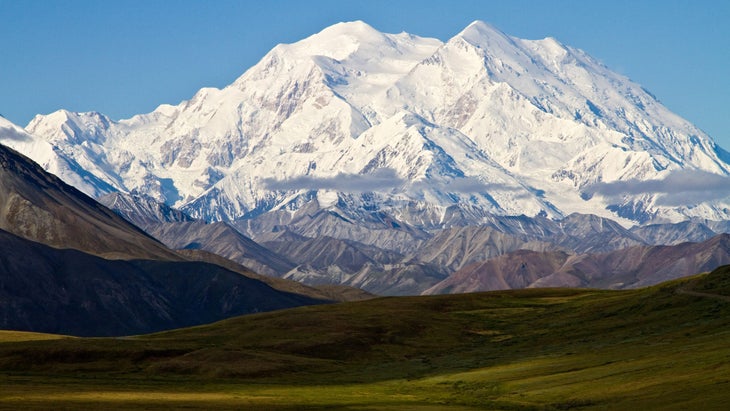
1. Denali
- Deaths per Million Visitors: 9.8
- Average Annual Visitors: 522,290
- Total Deaths 2010-2020: 51
- Top Cause of Death: Environmental
With 7,408 square miles of mostly trackless terrain, Denali National Park is one of the less-developed parks in the national parks system. It’s also home to the eponymous peak, the highest in the U.S. and a serious mountaineering objective that has claimed 127 lives since 1932. Going by its per-capita death rate, Denali is by far the most dangerous national park—ten times more so than Great Smoky Mountains, which sees less than one death per million visitors. Exposure, which the National Park Service notes can kill year-round in the subarctic, is the park’s leading cause of death, which is closely followed by falls. One cause of death that’s likely less common than you think: bears. In its entire 105-year history, Denali has only recorded one fatal bear attack: a 49-year-old solo backpacker mauled to death in 2012.
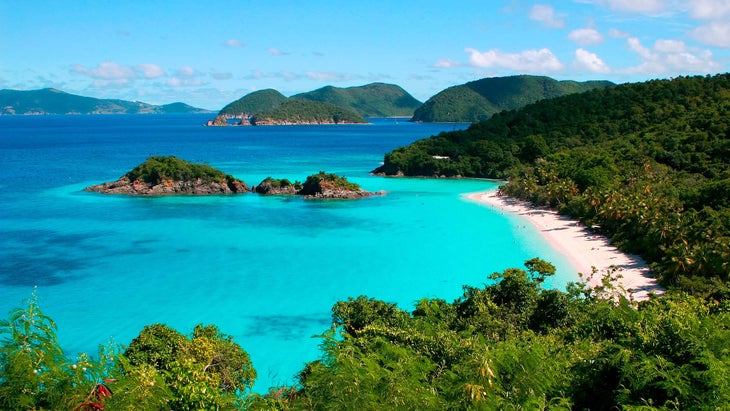
2. Virgin Islands
- Deaths per Million Visitors: 6
- Average Annual Visitors: 368,457
- Total Deaths 2010-2020: 22
- Top Cause of Death: Drowning
Virgin Islands National Park, which covers the majority of the island of St. John, may not be a park that screams “danger,” but with 22 deaths in a decade and a relatively low visitor count, it lands in second place on our ranking. Nine of those 22 fatalities resulted from drowning—unsurprising, considering that the park covers roughly three-quarters of the island’s shoreline. The Virgin Islands’ popularity with cruisers, who tend to skew older than average national park visitors, likely plays a role as well: Five of the fatalities the park recorded were heart attacks or other medical causes.
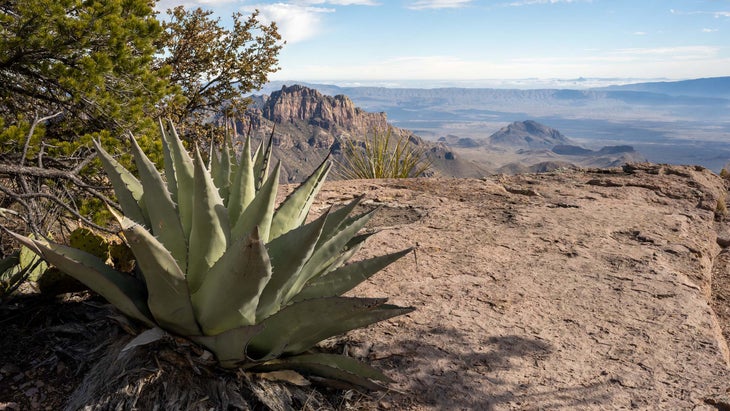
3. Big Bend
- Deaths per Million Visitors: 5.8
- Average Annual Visitors: 377,154
- Total Deaths 2010-2020: 22
- Top Cause of Death: Environmental
Located in southwest Texas, Big Bend National Park is a desert kaleidoscope of sheer river canyons, rugged peaks, and sprawling, cactus-studded desert valleys. And during the summers, it gets very, very hot, often cresting 100°F at lower elevations. Deaths from heat illness occur with some regularity—six in total during recent years, including in 2017 and 2019. Other common causes of death include medical issues (five) and falls (three).
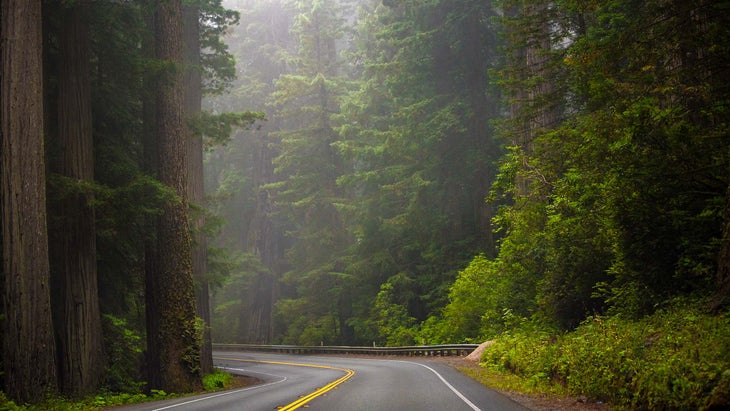
4. Redwood
- Deaths per Million Visitors: 4.7
- Average Annual Visitors: 446,973
- Total Deaths 2010-2020: 21
- Top Cause of Death: Motor Vehicle Crash
It’s often said that the most dangerous part of going outdoors is driving to the trailhead. At Redwood National Park, that’s true: Out of the 21 fatalities the park saw from 2010 to 2020, six were from motor vehicle crashes. Blame its location: U.S. 101, a scenic highway that’s the main thoroughfare on this part of the Northern California coast, weaves its way through the park. Beyond car crashes, drowning was another leading cause of death in the park, accounting for four fatalities.
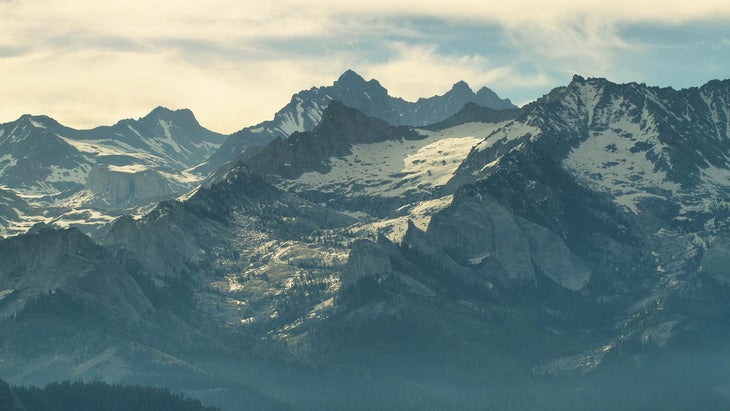
5. Sequoia and Kings Canyon
- Deaths per Million Visitors: 4.4
- Average Annual Visitors: 1,710,912
- Total Deaths 2010-2020: 75
- Top Cause of Death: Falls
Sequoia and Kings Canyons National Parks airy ridges and soaring rock faces have made it a popular destination for hikers and climbers alike, but those features have also been the site of a handful of serious accidents. Over the 10-year period for which Outforia gathered data, the park saw 25 fatal falls, accounting for a third of deaths in the parks. The most recent incident occurred in 2021, when a hiker fell 500 feet from the summit of Mt. Russell.
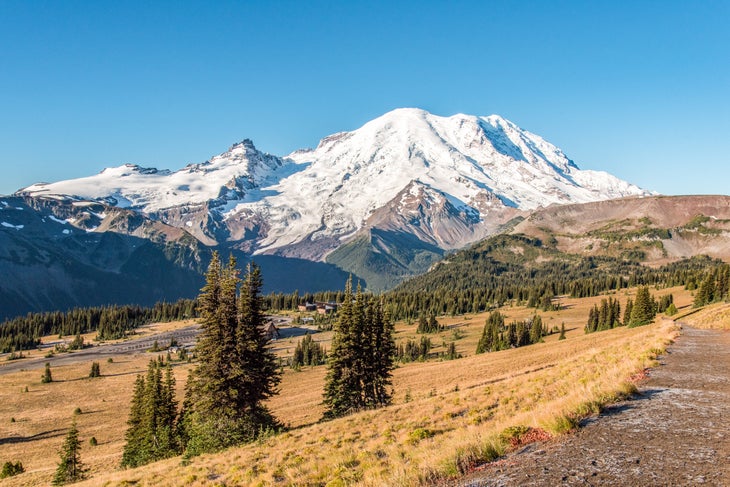
6. Mt. Rainier
- Deaths per Million Visitors: 4
- Average Annual Visitors: 1,272,210
- Total Deaths 2010-2020: 51
- Top Cause of Death: Falls
Like Denali, Mt. Rainier National Park’s death statistics have been influenced by its status as a popular destination for mountaineers. Of the 51 deaths the park recorded between 2010 and 2020, 19 occurred from falls. Five of those were from a single incident in 2014, when a rockfall or possibly an avalanche swept a group’s camp off of the Liberty Ridge route. Environmental factors were another leading cause of death, accounting for 12 fatalities.
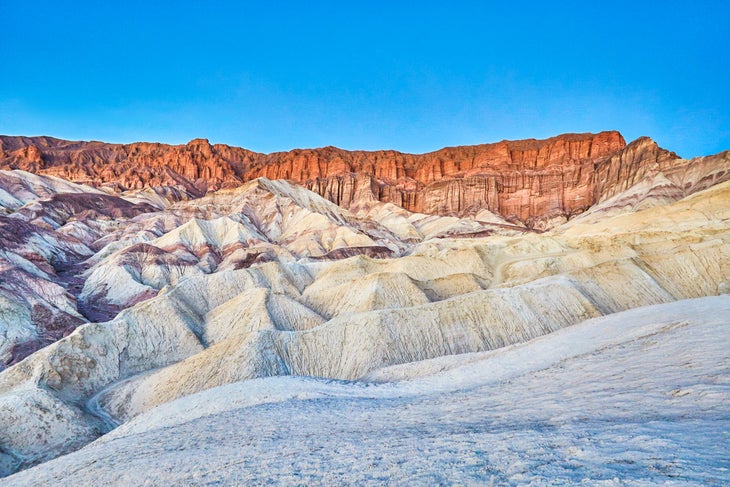
7. Death Valley
- Deaths per Million Visitors: 3.4
- Average Annual Visitors: 1,213,505
- Total Deaths 2010-2020: 41
- Top Cause of Death: Motor Vehicle Crash
Death Valley is the hottest place on Earth, regularly recording temperatures above 110°F in the summer, so you’d be forgiven for assuming that heatstroke was the park’s biggest danger. With seven deaths recorded due to environmental exposure, however, weather is a distant second to motor vehicle crashes, which accounted for 14 deaths over 10 years, many on CA 190, which traverses the park. Also on the list: four deaths from falls and one from drowning.
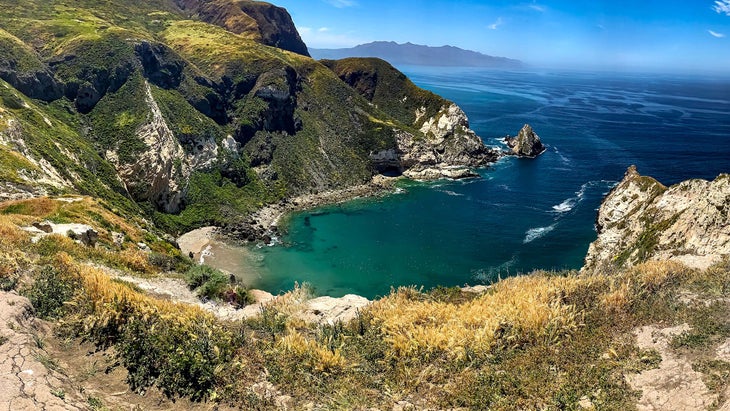
8. Channel Islands
- Deaths per Million Visitors: 3.2
- Average Annual Visitors: 317,325
- Total Deaths 2010-2020: 10
- Top Cause of Death: Drowning
Accessible only by boat or plane, Channel Islands National Park is a rugged ecological escape just miles from the Southern California coast. Like Virgin Islands National Park, the main cause of death in this maritime preserve is drowning, accounting for six fatalities from 2010-2020. Falls, like the one that claimed a 22-year-old hiker’s life in 2010, aren’t unknown either, causing at least one death over that time period. (Notably not accounted for in the park service’s figures: a 2014 fire on the dive boat MV Conception that killed 34 people near Albert’s Anchorage, off The Nature Conservancy-owned property.)
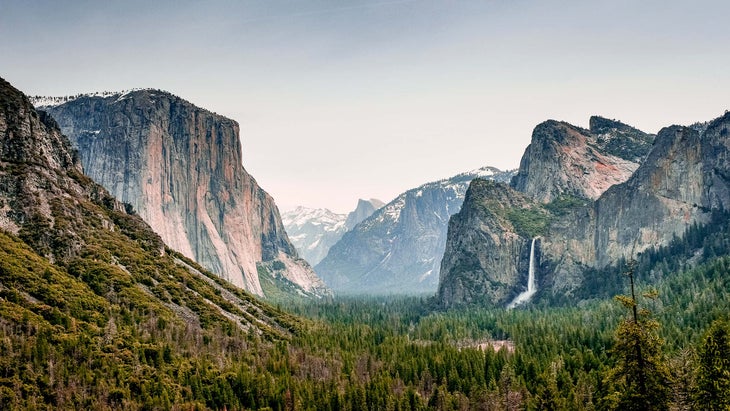
9. Yosemite
- Deaths per Million Visitors: 3.1
- Average Annual Visitors: 4,122,831
- Total Deaths 2010-2020: 126
- Top Cause of Death: Falls
Yosemite Valley is world-famous for its epic granite cliffs. But in addition to being the park’s biggest draw, they’re also its greatest hazard: During the decade Outforia studied, 45 people died in falls at the park. That number includes both climbers tackling major objectives like El Capitan and hikers who suffered falls from popular viewpoints, like a couple who tumbled 800 feet from Taft Point while trying to take a selfie in 2018. Drowning, particularly in the park’s deceptively powerful Merced River, accounted for 17 deaths, while heart attacks and other natural causes claimed 10.
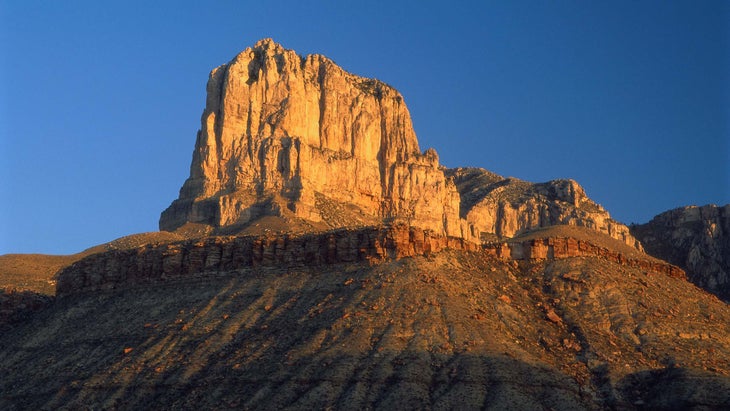
10. Guadalupe Mountains
- Deaths per Million Visitors: 2.8
- Average Annual Visitors: 175,477
- Total Deaths 2010-2020: 5
- Top Cause of Death: Motor Vehicle Crash
Covering 135 square miles of rugged West Texas desert, Guadalupe Mountains National Park is the largest wilderness area in the state and includes Texas’s highest point, the sheer-sided Guadalupe Peak (8,751 feet). Perhaps surprisingly, the little-traveled park didn’t record any deaths from falls during the 10-year study period. Instead, the most common cause of death within its borders was motor vehicle accidents, accounting for a total of three fatalities.
